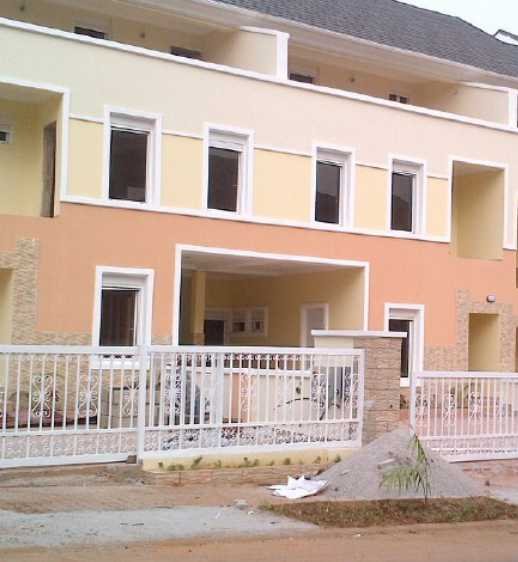
The Impact of Office Design on Employee Productivity
- News & Tips
- By support
- February 24, 2024
- No Comments

In the ever-evolving landscape of modern workplaces, the design of office spaces plays a crucial role in shaping the work environment and influencing employee productivity. As businesses recognize the link between a well-designed office and the overall performance of their workforce, the importance of strategic design choices has come to the forefront.
Creating an Inspiring Atmosphere
An aesthetically pleasing and well-organized office can significantly impact the mood and motivation of employees. Bright, open spaces with ample natural light and comfortable seating can contribute to a positive atmosphere, fostering creativity and collaboration. Thoughtful design elements, such as plants and artwork, can further enhance the overall ambiance and make the workspace more enjoyable.
Flexible Workspaces for Diverse Needs
The one-size-fits-all approach to office design is becoming a thing of the past. Recognizing the diverse needs of employees, businesses are incorporating flexible workspaces that cater to various work styles. From quiet, focused areas for individual tasks to collaborative zones for team projects, a well-designed office provides options for employees to choose the environment that best suits their tasks.
Ergonomics and Employee Well-being
The physical well-being of employees is a critical consideration in office design. Ergonomically designed furniture and workstations contribute to a comfortable and healthy work environment, reducing the risk of musculoskeletal issues. Incorporating standing desks, ergonomic chairs, and proper lighting not only enhances productivity but also demonstrates a commitment to employee well-being.
Technology Integration for Seamless Workflows
In the digital age, technology is at the heart of business operations. A thoughtfully designed office integrates technology seamlessly, providing employees with the tools they need to perform their tasks efficiently. From smart meeting rooms to collaborative digital platforms, the right technological infrastructure enhances communication and streamlines workflows.
Encouraging Collaboration and Communication
Modern work is often collaborative, requiring spaces that encourage communication and teamwork. Open layouts, communal areas, and strategically placed meeting rooms foster spontaneous interactions and idea exchange. Creating a sense of community through well-designed communal spaces can lead to improved collaboration and a more cohesive team.
Conclusion
In conclusion, the impact of office design on employee productivity is a multifaceted consideration for businesses aiming to create a conducive and inspiring work environment. Thoughtful design choices that prioritize aesthetics, flexibility, ergonomics, technology integration, and collaboration can lead to a more engaged and productive workforce. As businesses navigate the evolving nature of work, investing in well-designed office spaces becomes a strategic decision with long-term benefits for both employees and the organization as a whole.

